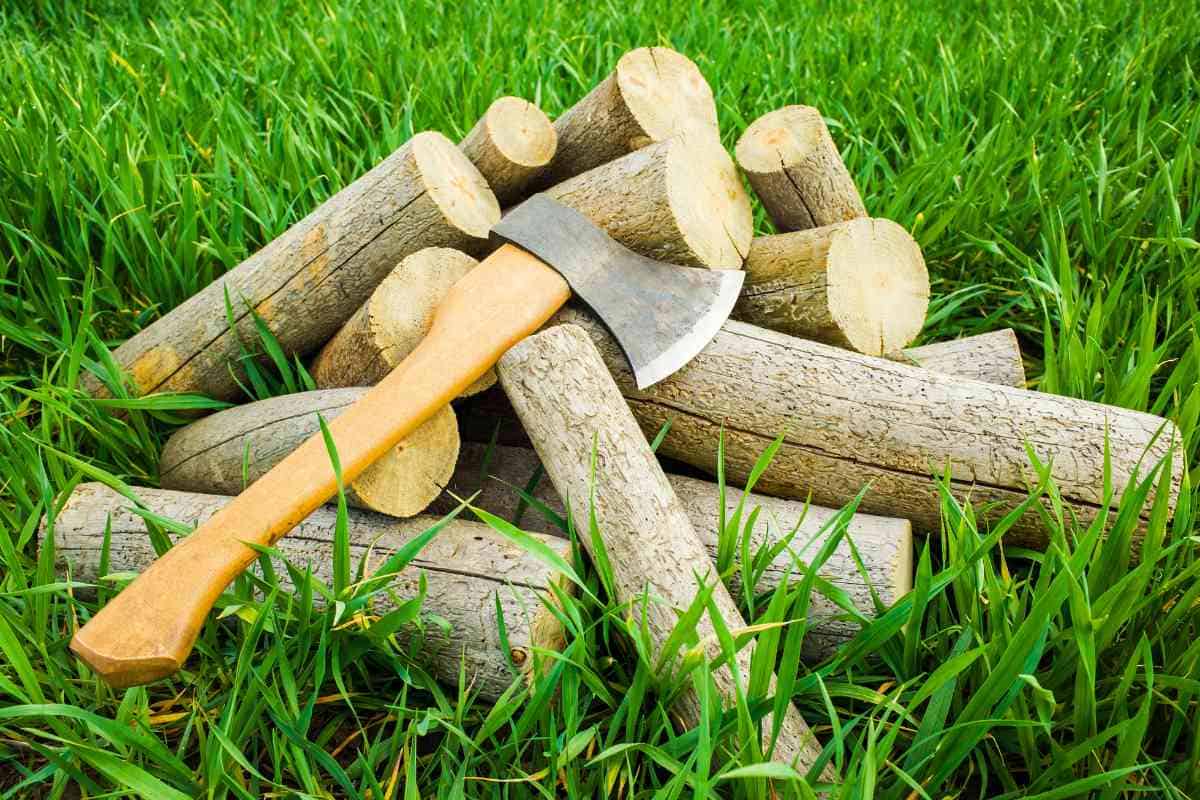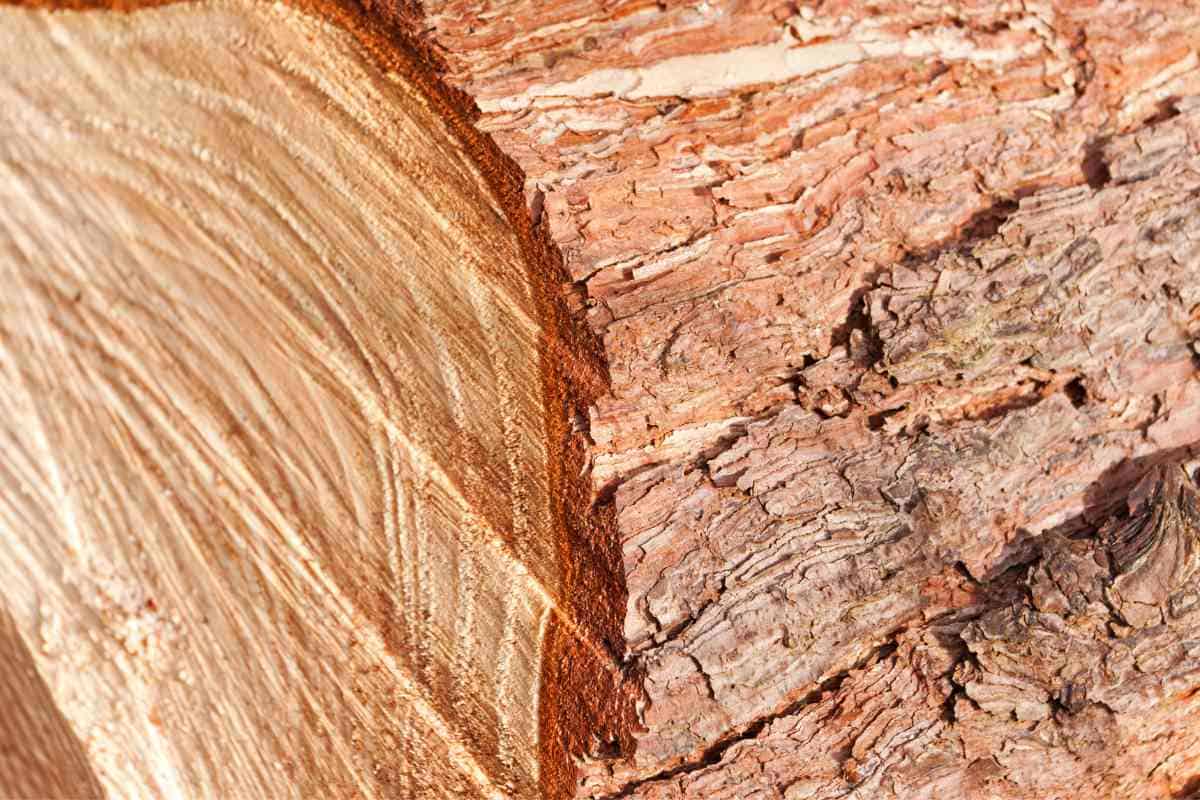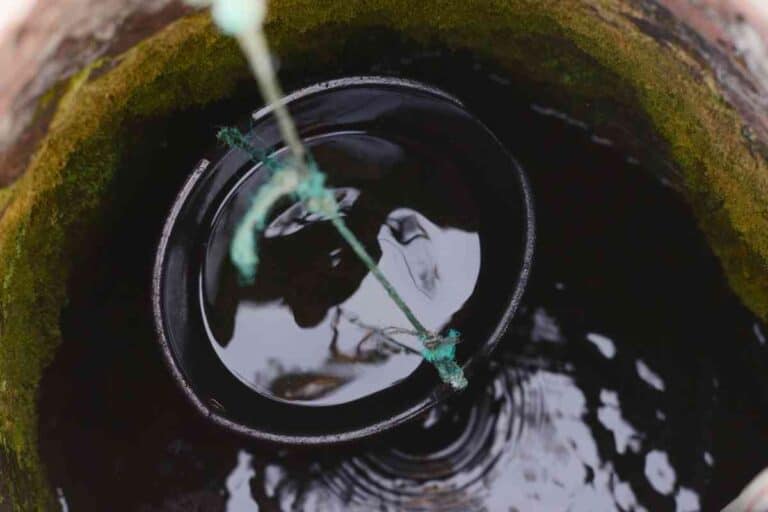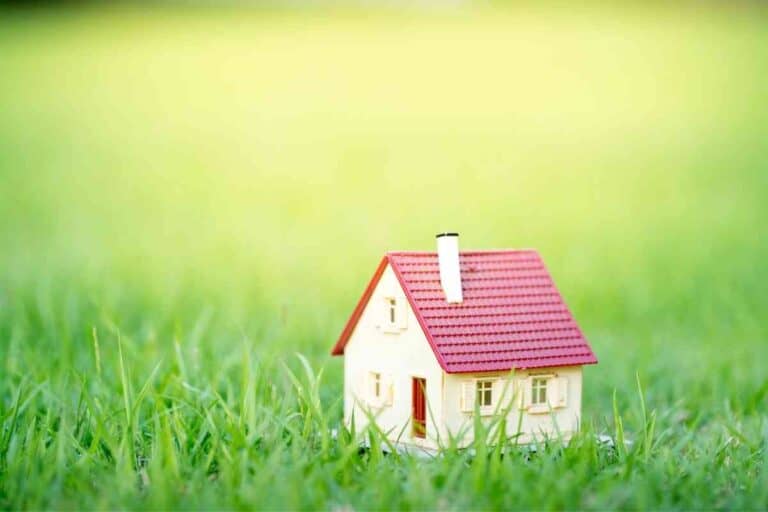Using Pine For Firewood: Red vs. Yellow vs. White vs. Jack Pine For Fires
The pine is a common tree in North America and comes with a variety of species. But is pine good for firewood? We have the answers.

Is pine wood good firewood?
There are mixed reviews on the use of pine as a source of firewood. Pine wood is affordable in the short run and works well as kindling. Yellow pine is more reliable as a source of fuel. However, when it comes to indoor use, pine wood may not be the best because it emits a lot of smoke.
Pines are widespread in North America and have over 126 recognizable species, with most being a common fuel source for outdoor fires. Some of the most common include red pine, yellow pine, white pine, and jack pine.
White pine is highly available, although it is less efficient, while yellow pine is known for its good fire output and pleasant smell.
The red pine burns quickly and is used as a fire starter, while the jack pine has low density and burns quickly. This article focuses on pine wood as firewood to help you decide if it’s the best option for you.
Why is Pine Bad for Firewood
Pine wood is packed with a lot of resinous sap that is often a useful fire igniter. Also, its resinous nature makes it emit a lot of soot that will eventually cause creosote build-up on your chimney walls.
This tar-like substance can trap smoke in your chimney. When smoke fills up your home, it releases carbon monoxide, which can harm your health.
Therefore, pine wood may not be the best firewood for indoor use.
However, if you still want to use it in your indoor pit, make sure that you season it first to significantly lower the water content. This is very crucial since pine wood has an average of 180% moisture.
Compared to most burning woods out there, pine burns very fast, causing the surrounding air to expand. When this happens, the flame becomes uneven, and you may need to add more pine firewood than usual to get your fire going.
Also, although considered inexpensive when compared to other woods available, pine may be an expensive wood option in the long run.
Is It Okay to Burn Pine in a Fire Pit?
Yes, you can burn pine in your outdoor fire pit where it makes wonderful as a kindler or fire starter. Pine wood has high resin content that usually causes high smoke and creosote production.
Hence, it works best when placed in a fire pit rather than an indoor fireplace.
This way, you won’t be exposed much to heavy smoke and other toxic compounds.
Being a softwood, pine burns very fast, and the coals may not last for long. Thus, the fire may not serve you very long when you want to cook food over the stove or heat your home. However, it does serve the purpose when you want a fire that will eventually die out at the end of the night.
Is Burning Pine Wood Toxic?

Yes, there are several risks associated with burning pine wood, particularly indoors. Pine wood is known for its high sap content, which contributes to the creation of creosote.
Although burning all types of wood creates creosote, sappy woods like pine are more likely to produce creosote as a side product. This substance poses a real threat since it blocks smoke, preventing it from escaping.
A lot of smoke in your home will expose you and your loved ones to high levels of carbon monoxide. The toxic compounds found in creosote can also lead to irritated skin and eyes and promote breathing problems.
High amounts of creosote can lead to cancer since the compounds are carcinogenic. Furthermore, it can be a serious fire hazard even in small quantities.
The good news, however, is that you can still burn pine wood indoors provided you take some precautions. For instance, regularly inspect your chimney for creosote deposits and clean annually to discourage build-up.
Also, consider installing a spark arrestor to contain the sparks that may explode and cause a fire.
What Should You Not Burn?
The right firewood will create a warm ambiance on a winter night. However, using the wrong wood can be damaging to your home and irritate your health.
The trick is to know which woods not to burn. If you don’t want to fill your home with smoke, stay away from green wood.
This type of wood typically contains a high moisture content that creates smoke and adds a lot of creosote to your chimney.
It cannot be emphasized enough how important it is to stay away from poisonous wood when creating a fire.
Anything that has the name poison, including poison sumac, poison ivy, and poison oak produces smoke with oils that can be very irritating to the eye. In severe cases, these woods can cause breathing problems or even lead to hospitalization.
If you are looking to create intense heat that will keep you going for the night, ensure that you don’t use moldy or rotten wood.
These types of woods are less dense than dry wood, which hinders them from producing as much heat. What’s more, moldy wood is likely to have a high-water content that leads to a lot of smoke and toxic fumes when set ablaze.
Is Red Pine Good for Firewood?
Yes, red pine, or what is also known as Norway, is good firewood, particularly if you intend to use it as kindling. This softwood comes at a BTU rating of approximately 17.9 million per cord to give you decent heat.
It is also highly advisable to mix this wood with other types of wood to mix with since it can get quite hot. Besides using red pine as firewood, you can also use it to build a durable log cabin home.
The pine is a very strong wood and can withstand the outdoors with proper maintenance.
Is Yellow Pine Good for Firewood?
Yes, the yellow pine is a preferred firewood option if you intend to keep your home warm.
When contrasted to other pine species like the white pine, the yellow pine can produce moderate heat thanks to its BTU of 17.1.
Yellow pine has a lower density that makes it catch light quickly. While this means that it will burn out quickly, it lasts longer than firewood options like poplar.
This pine species is quite resistant and produces a pleasant smell that resembles that of baked products. Because of its low moisture content, pine can be seasoned in 6-12 months.
Is Jack pine Good for firewood?
Jack pine is a reliable source of wood in North America and comes in a constant supply. It works very well during the shoulder season.
However, if you want the best experience with this wood, then you need to ensure that it is seasoned in the right way.
Is White Pine Good for Firewood?
Yes, white pine makes good firewood for outdoor burning but not a very good option for indoor fireplaces. In the US, both the Eastern white pine and the Western white pine are common firewood varieties.
The Eastern white pine is more recognizable and accessible in parts of the northeast US. White pine makes a wonderful choice for fire pits since it is affordable when compared to other firewood options.
However, it should not be used in indoor fireplaces frequently because of the high creosote amount produced when burned.
The BTU is also on the lower end, ranging from 15.2 to 16.5 million per cord, depending on where it is grown. Consequently, it produces very low heat that may not last for long. Still, it makes great firewood for campfires and as kindling.
Key Takeaways
- Pine wood is easily accessible and cheaper than most firewood options.
- It does not make for consistent and effective overnight fire. However, it is great for kindling and as a fire starter due to its resinous sap.
- Although pine has high resin content, it dries out very fast. The seasoning process can take about 6-12 months.
- Pine wood can be potentially dangerous when burned indoors due to the creosote amount produced. It is, however, excellent for outdoor use.
- You can burn pine wood in a fireplace provided it is completely seasoned and dry.






